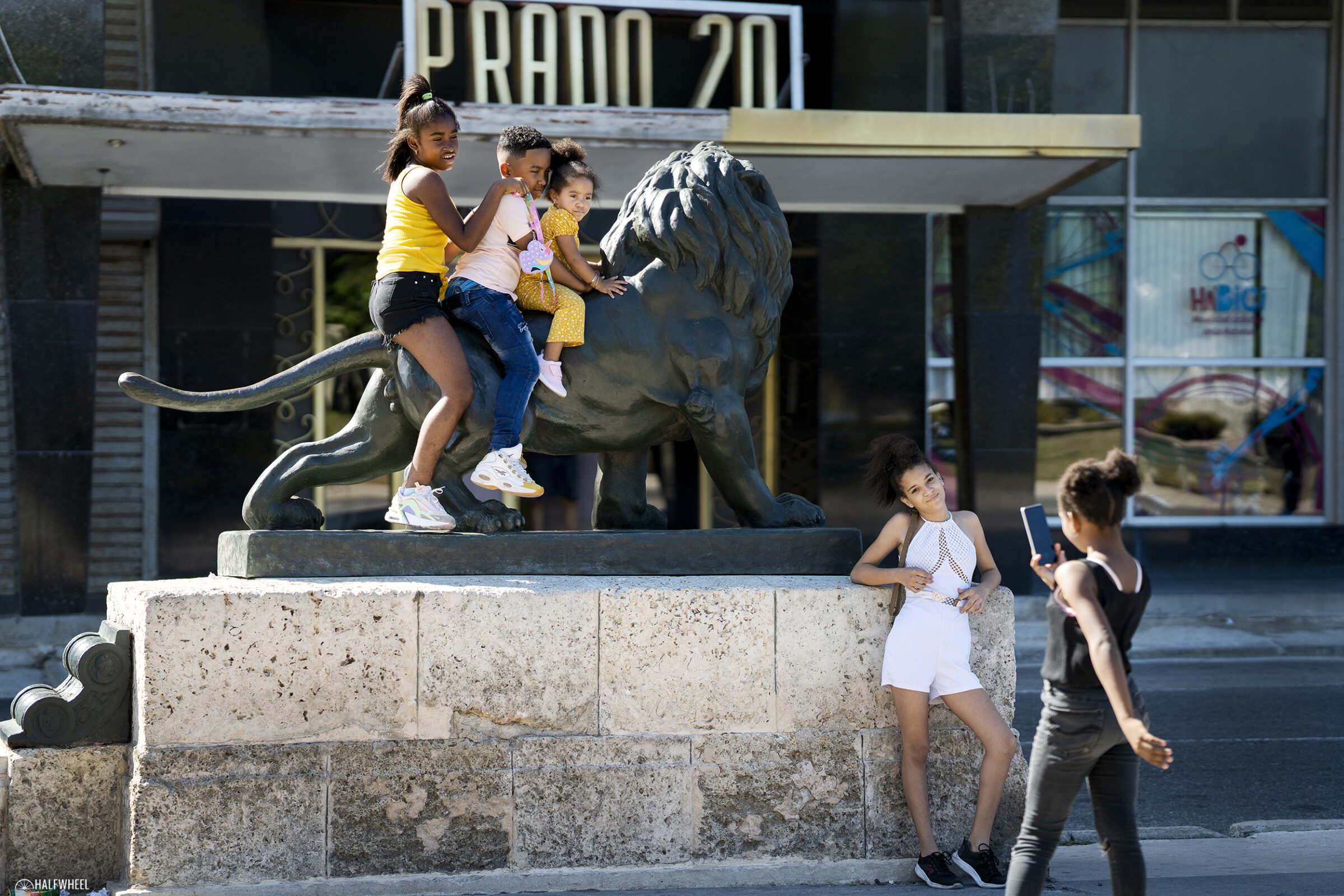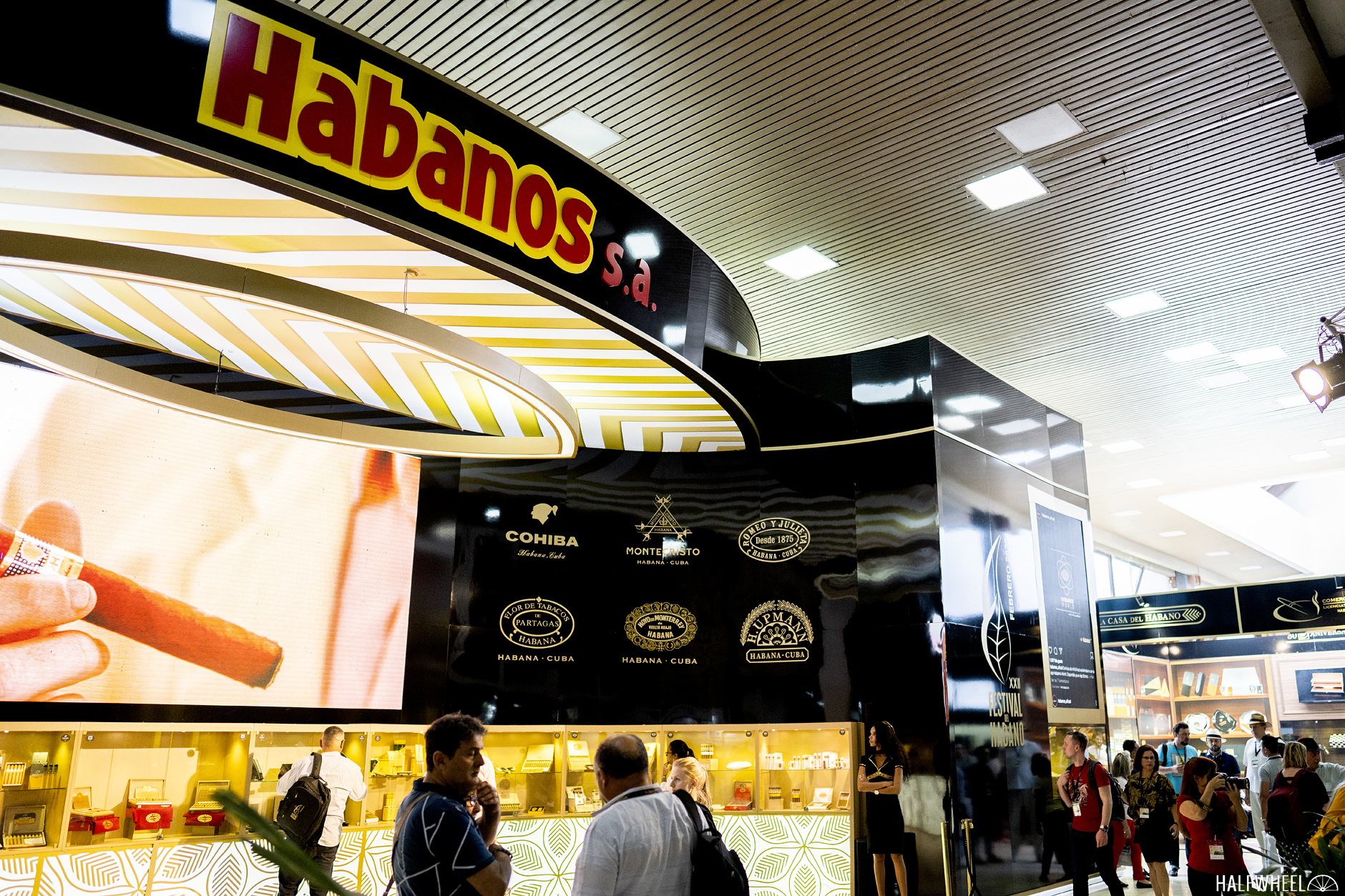And so another trip to Cuba is in the books.
I am writing this section of the post while sitting in the José Martí International Airport in Havana after what has totaled five different delays for my flight to Miami, meaning I have spent more than six extra hours in the (admittedly large) one-room airport where six different gates are located. Some of that time was spent sleeping, some of that time was spent eating and some of that time was spent frantically talking to my wife in the hope she could get me booked on another flight off the island.
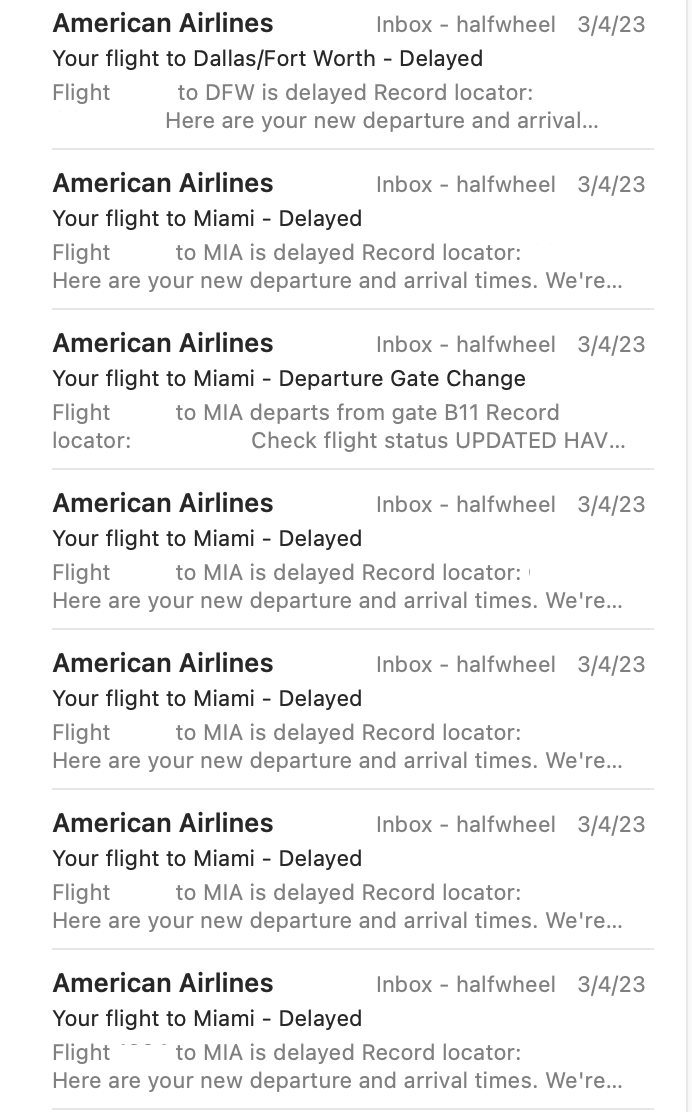
Thankfully, there was another flight, and while I had to wait while my ticket was changed at the actual airport and my luggage was found, I eventually did get on the plane and flew to Miami. Three hours after that I was on a plane back to Dallas, where I could finally go to bed around 1 in the morning on Sunday, about eight hours after I was originally supposed to be there.
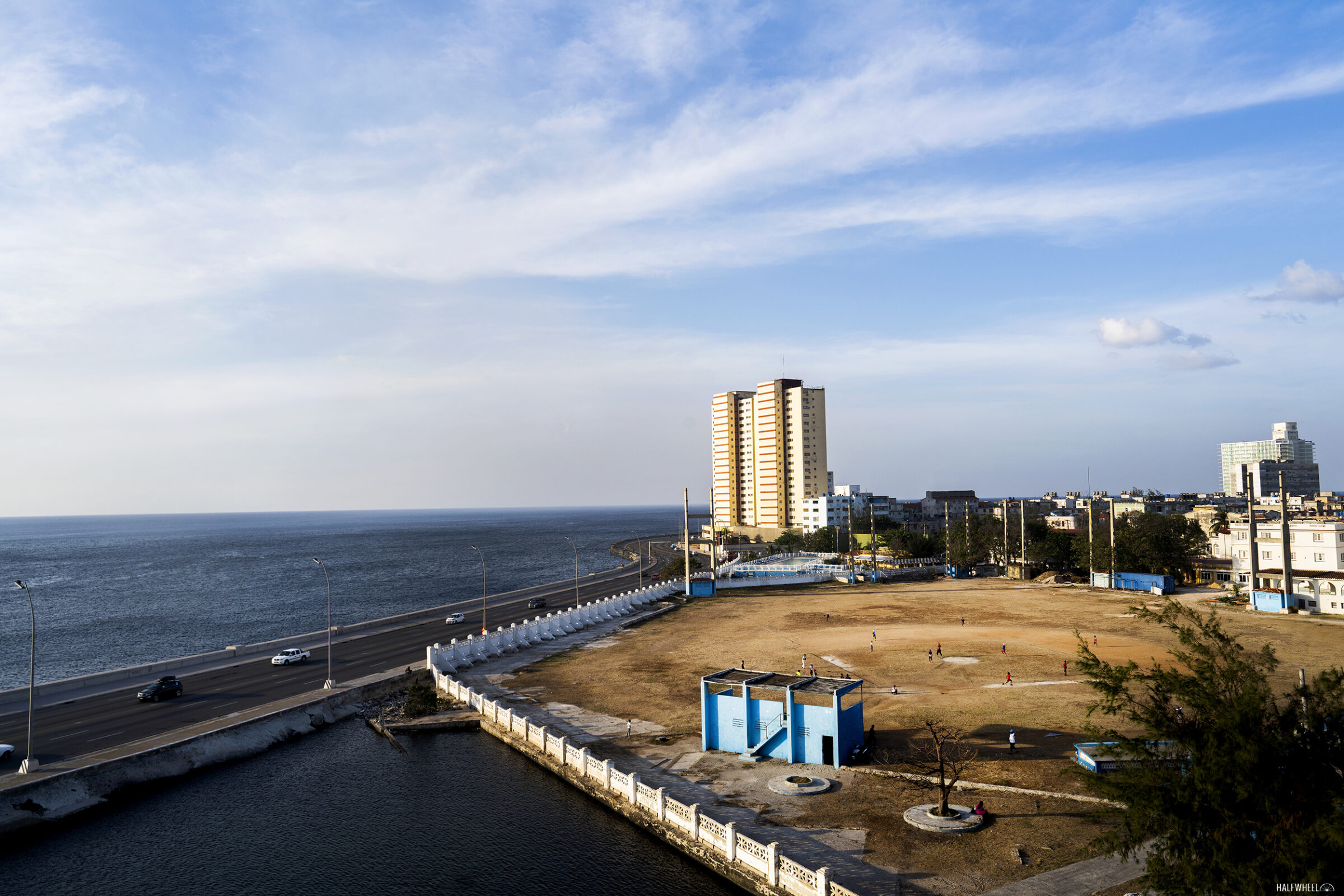
But enough about my trials and tribulations actually getting back to the states, here are some of my final thoughts that I wrote down and discussed with various people throughout the week:
Yes, Things Seem Better For the Cuban People Than Last Year, But Not By Much — Unlike late last year, there is plenty of bottled water and gas, and the general outlook of most of the Cuban people I talked to specifically about their situation had improved noticeably since I was last in Cuba in September 2022. Having said that, there are still major shortages of quite a few essential goods like cooking oil, medicine, meat, eggs and various condiments like butter, a situation that does not seem to be getting better anytime soon. While it might be slightly improved, the conditions are clearly worse than pre-COVID times.

Prices For Products And Services On The Island Have Not Decreased — When talking about prices for visitors specifically, cabs are still expensive—expect to pay anywhere from $30-$50 depending on where you are going—food is still more expensive than it has been in the past and prices charged for places to stay are not exactly dirt cheap.

The Exodus of Cigar Rollers Out Of Cuba Continues To Worsen — This is not just a problem in Cuba, of course: Nicaragua has been hit hard with many rollers and other workers fleeing their countries as well. However, the situation has hit Cuba especially hard; ironically, with many Cubans heading to Nicaragua to start their journey to the U.S. I was told by multiple sources that at least a few of the factories on the island have been running at a little more than half capacity for months now, although new rollers are being trained to fill in the gaps.
There has also been a rash of the island’s most famous rollers, those responsible for custom roll cigars, leaving: Reynaldo has moved to Mexico and the Conde Villanueva hotel where his LCDH was located is shuttered and closed down, Alejandro González Arias left the Hotel Comodoro and has opened a store in California, the Melia Cohiba has been closed for over a year for renovations and I haven’t seen a roller at the Hotel Nacional since my trip in 2020.
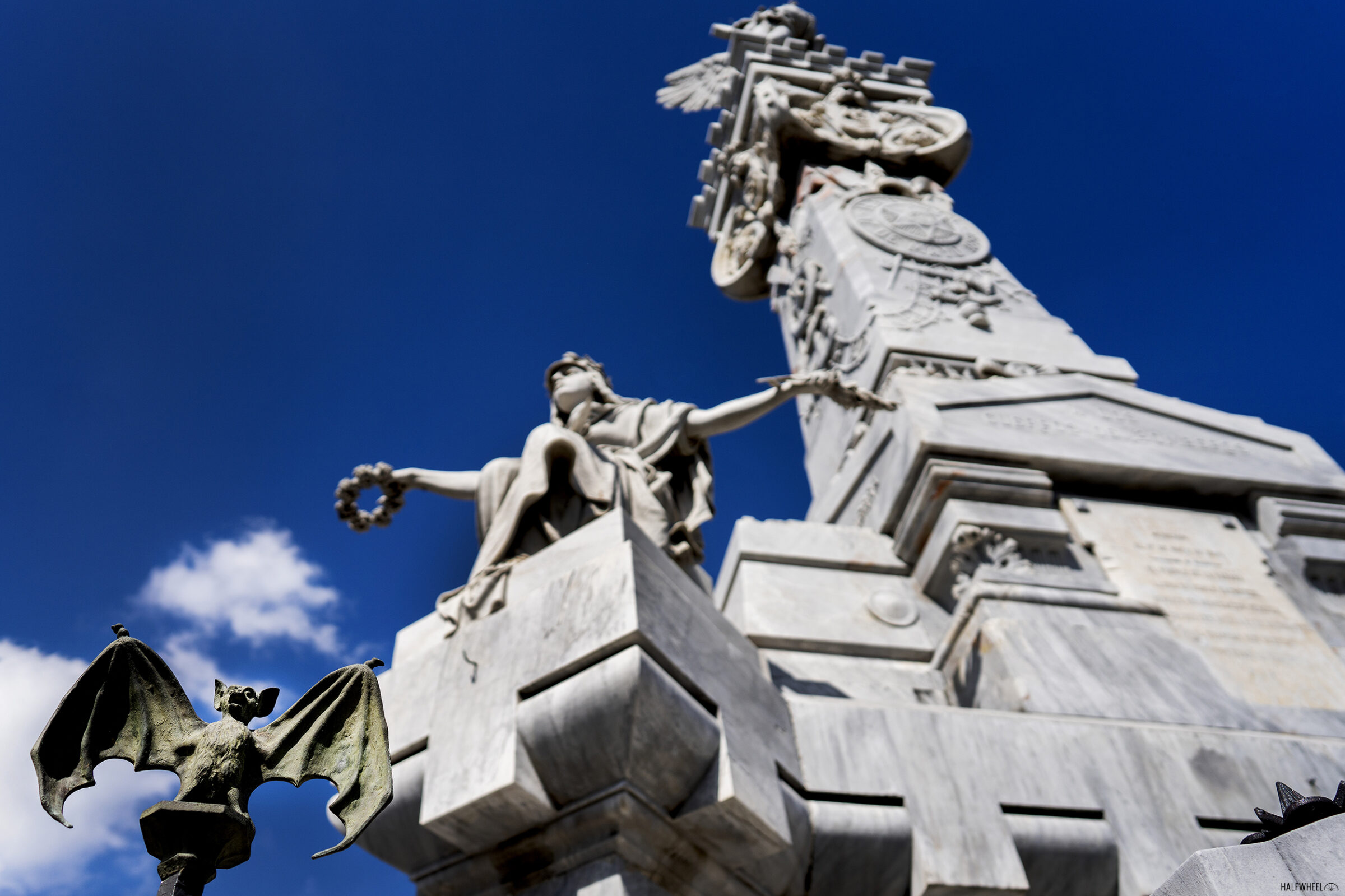
Stocks of Cigars Are Better in Cuba, But Only For Certain Brands and Releases — The week of the Festival is perhaps the most unique time of year for cigar shops in Cuba thanks to the rash of foreigners who are very interested in Cuban cigars. There have always been some shops that put aside cigars for visiting customers who have made arrangements prior to coming, and as such, it’s always been a time when some stores purposely remove cigars from their public shelves.
When I visited Cuba in September of last year, the stores were barely stocked at all. Empty shelves were commonplace, and it seemed that it was an issue with most of the brands that were being sold. Fast forward five months, when multiple LCDH stores were carrying quite a bit of stock, even of the more popular brands. Having said that, if you were looking for specific boxes of really hard-to-find cigars like Cohiba Siglo VI, Trinidad Fundadores or Partagás Serie D No.4, you were most likely going to have a bad time unless you were willing to pay for the privilege. There were reports of people buying master cases of hard-to-find cigars, so if you have the money, you probably could find these. While I didn’t see anyone buying cigars by the master case I did see some prices that were difficult to believe. The most egregious I saw were boxes of Cohiba Robustos on sale at multiple locations for about $1,700 a box, meaning each cigar was selling for just under $70 each.

The Festival Was Better In Some Ways, Not So Much In Other Ways — Somewhat surprisingly considering what has been the case in the past, most of the seminars started close to when they were supposed to and while the final Gala Night Dinner began a bit late, that may have had something to do with the fact that Cuban President Miguel Díaz-Canel was in attendance. In addition, the actual presentations were excellent all around—I especially loved the history of sake, although none of the samples that were provided combined very well with cigars in my opinion—and the presenters took advantage of the space and time that they were given.
That is not to say there were no issues: there were two different blackouts while I was in Havana—one lasted about 30 minutes, while the other lasted more than eight hours—and the standard operating procedure for letting people into seminars has not changed much. Basically, that entails whoever is in charge of that seminar letting everyone crowd around the entrance, then opening one door and allowing just one person at a time to enter, leading to mass confusion, pushing and not a small amount of cussing in various languages.

Selling Boxes Of Bolívar New Gold Medals During Dinner Was Perhaps Not The Best Idea — During Wednesday’s dinner—dedicated to the Bolívar brand and the La Casa del Habano franchise program—Habanos S.A. opted to sell boxes of the new Bolívar New Gold Medals for $270. This is, to my knowledge, the first time Habanos S.A. has ever sold new cigars directly to Festival attendees.
The process was chaotic in almost every aspect: only one person was taking payment for more than 200 people in line—I am using the word “line” in the most general sense, I assure you—and there was virtually no structure or organization about who was in front or behind who, leading to people just walking up and waving credit cards all over until they were either taken by the person selling the boxes or they were pushed away by other people in line. I stayed behind the counter watching and photographing for more than an hour and was actually a little shocked that punches were not thrown at some point while I was there.
There has to be a better way to do this. Why not just add the price of one or two boxes to each ticket price and include the boxes the bags for each attendee, or even have different levels of tickets, some that include boxes and some that don’t? Hell, if Habanos wanted to run the sales through the local LCDH, the company could have just put a ticket in each bag that could be redeemed for a certain number of boxes that could be picked up at any time while the Festival was being held.
Habanos S.A. charged $700 per ticket for this dinner, an increase from past festivals and the Gala dinner increased from basically $700 in 2020 to $1,250 in 2023. This leads to the question of whether selling cigars will become more commonplace at the expense of the cigars that are given out. To be clear, everyone that attended the dinner still got two Bolívar New Gold Medals, but samples of what is likely the most-anticipated cigar of the week were nowhere to be found. Not too long ago, at least one Festival dinner would include samples of the highest-tier cigars Habanos S.A. announced during the festival: Gran Reserva/Reserva, Behike BHK, etc. This year, there were no samples of the Cohiba Espléndidos Gran Reserva Cosecha 2017s.
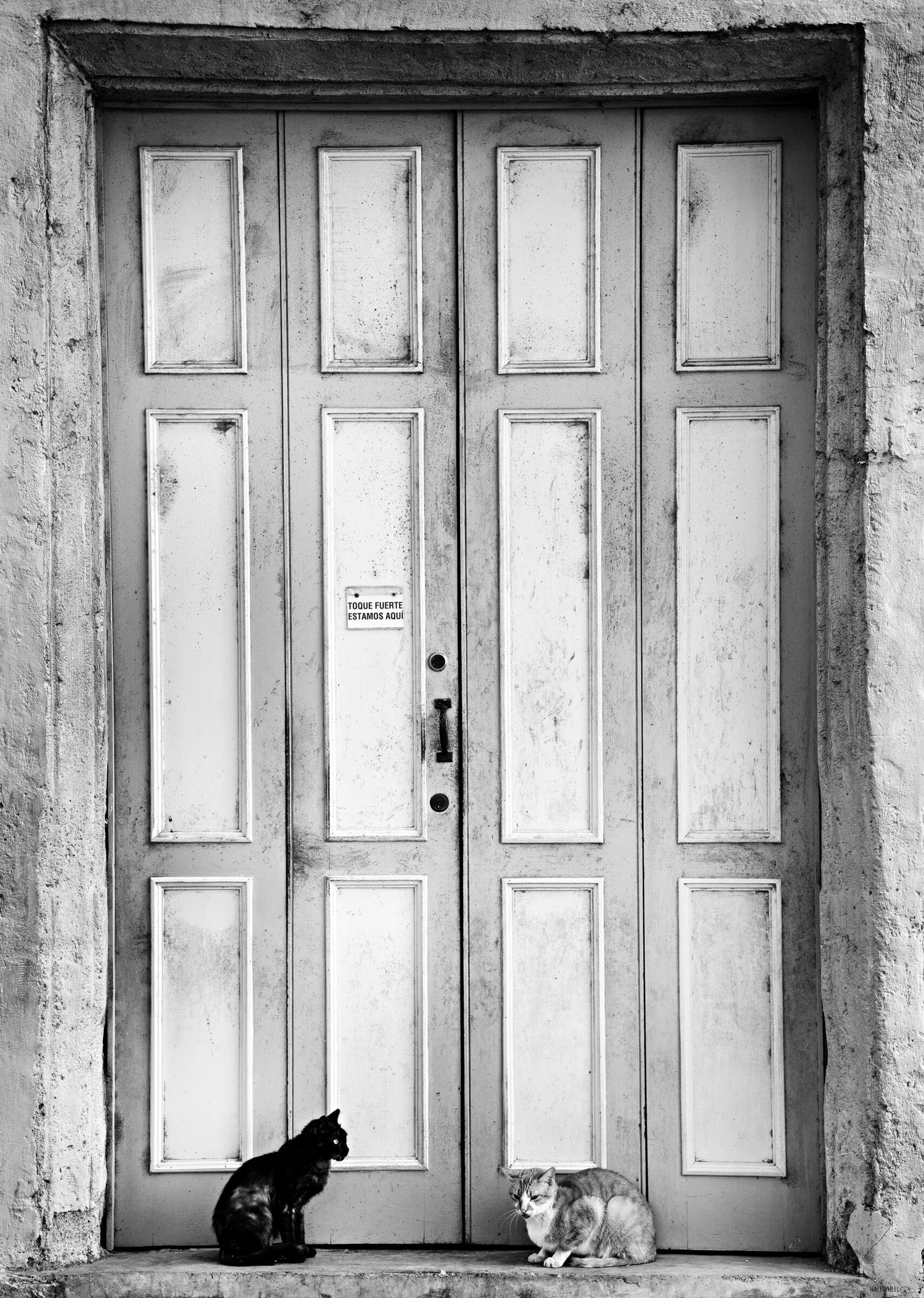
As I do every year, I had a great time in Havana. Sure, there is quite a bit of work, a significant lack of sleep, more stress and aggravation than there should be and almost no time to do anything but work, but the people of Cuba—and especially the team in charge of the media for the Festival who did an absolutely amazing job in every aspect—are great and I am already looking forward to returning next year.
This story is part of halfwheel’s coverage of the Festival del Habano XXIII, the 2023 edition of Cuba’s annual cigar festival. For more coverage of the festival, click here.

